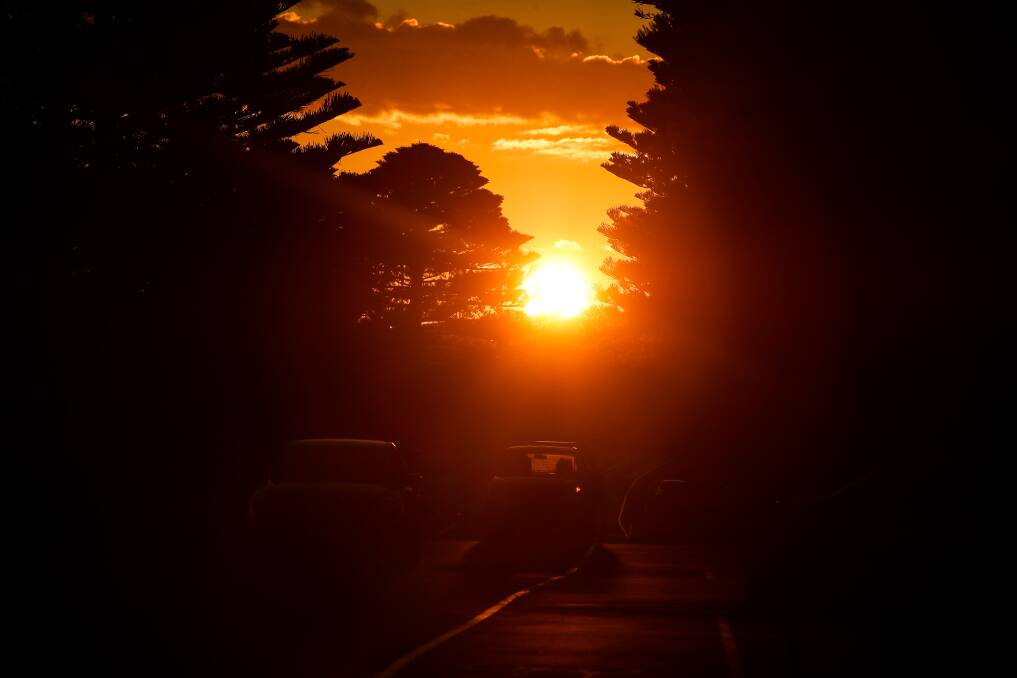
Warrnambool's trees have been valued at $730 million but a new plan shows the council has a $1.2 million yearly budget shortfall to meet planting targets set for the city.
Subscribe now for unlimited access.
or signup to continue reading
The council has released its first-ever draft tree asset management plan which reveals the city spends $433,000 a year on planting 450 new trees, pruning, watering, responding to customer requests and safety audits.
But in order to meet its goal of doubling the city's tree canopy cover to 10 per cent by 2026, it needs to ramp up spending on planting more trees.
But that will cost the council more than $1 million each year to plant the extra 65,000 trees.
Councillor Ben Blain said budget constraints meant the city might not have the resources to achieve that goal.
IN OTHER NEWS:
But Cr Richard Ziegeler flagged a possible increase in spending on trees saying you could "never have enough trees" when you considered the current environmental sustainability problems.
"I can see room for not only the boost to the budget but also for the welcoming of volunteers input in terms of planting and maintenance to keep those budgetary increases under control," Cr Ziegeler said.
"Planting more trees is a great thing and something that is absolutely necessary, probably for survival of our species and the rest of the world in future years."
He said earlier this year one of the council's loudest critics had tried to make disparaging comments about him saying: "Cr Ziegeler is not much chop, he's a greenie".
"I found that was more a compliment than a disparaging remark," he said.
Cr Ziegeler said the city needed to be more conscious of its flora and carbon foot print, and more generous with its tree plans.
Cr Blain said the city's 13,000 trees were a huge asset base that council managed, which had an estimated replacement value of about $730 million.
The most common trees in Warrnambool are the 1140 Norfolk Island Pines.
There is also 1000 callery pear trees, 952 flowering gums, 720 New Zealand Christmas trees and 602 drooping sheoaks.
He said if the community wanted it to prioritise meeting the canopy targets in the 2040 plan it needed to let councillors know.
Cr Blain said he had concerns about the plan's move to leave dead trees as native habitats on the sides of our roads.
"I just didn't really like that idea," he said.
"I seem to think that could lead to more road kill."
Cr Debbie Arnott said the draft management plan was a first for the council and covered the financial requirements it faced over the next 15 years.
She said it was important the council knew which trees to plant, and where.
Cr Max Taylor said he was a great supporter of the 2017 Liebig Street renewal and commended the previous councillors and officers for removing the plain trees and replacing them with ornamental pear trees.
"The plain trees caused so many problems back then," Cr Taylor said.
"They lifted up the roads, lifted up the gutters they flooded the gutters, they flooded shops.
"These Manchurian pear trees are a far better solution and far more appealing to Liebig Street."
Cr Vicki Jellie said the city needed to ensure it selected the right trees for the city.
Our journalists work hard to provide local, up-to-date news to the community. This is how you can access our trusted content:
- Bookmark https://www.standard.net.au/
- Make sure you are signed up for our breaking and regular headlines and newsletters.
- Follow us on Facebook, Twitter, Instagram and LinkedIn.
- Tap here to open our Google News page.
- Join our Courts and Crime Facebook group and our dedicated Sport Facebook group
- Subscribe















